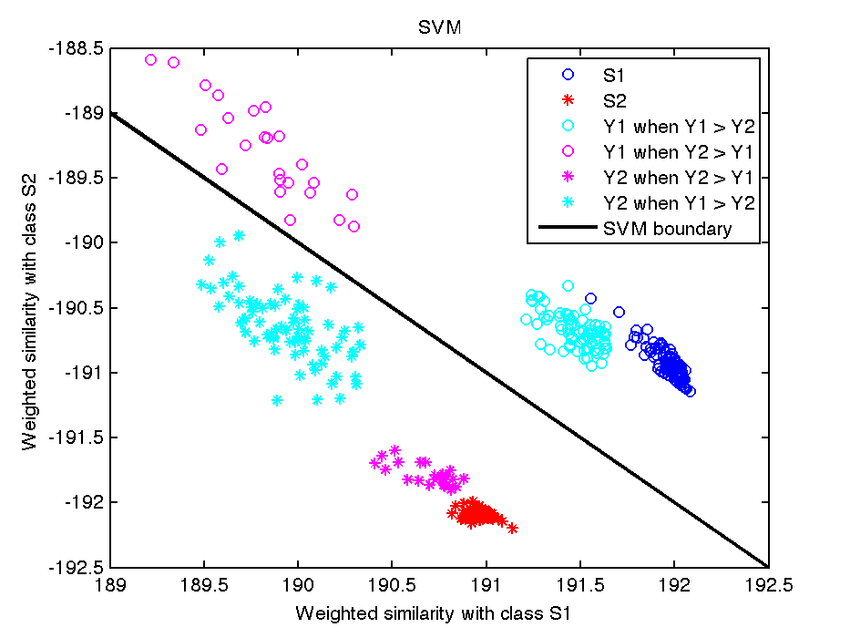Introduction to the SVM Algorithm
Aug 16, 2024

The Support Vector Machine (SVM) algorithm is a powerful supervised machine learning model widely used for classification and regression tasks. It constructs a hyperplane or set of hyperplanes in a high-dimensional space, which can be used for classification, regression, or other tasks. SVMs are particularly effective when dealing with limited training data and high-dimensional feature spaces, making them suitable for various applications such as text classification, image recognition, and bioinformatics.
In this comprehensive blog post, we will dive deep into the SVM algorithm, exploring its underlying principles, types, and practical applications. We will also provide code snippets and examples to help you understand the algorithm better.
Understanding the SVM Algorithm
The SVM algorithm aims to find the optimal hyperplane that maximizes the margin between two classes in a dataset. The margin is defined as the distance between the hyperplane and the closest data points from each class, known as support vectors. By maximizing the margin, the SVM algorithm aims to create the widest possible gap between the classes, reducing the likelihood of misclassification.
The SVM algorithm can be used for both linear and non-linear classification problems. For linearly separable data, the algorithm finds the optimal hyperplane that separates the classes with the maximum margin. However, when dealing with non-linearly separable data, the SVM algorithm employs the kernel trick to map the data into a higher-dimensional space where it becomes linearly separable.
Types of SVM
There are two main types of SVM: linear SVM and non-linear SVM.
Linear SVM
Linear SVM is used for data that are linearly separable, meaning a single straight line can be used to categorize the data into two classes. The algorithm finds the optimal hyperplane that maximizes the margin between the classes. Here's an example of how to implement linear SVM in Python using the scikit-learn library:
This code generates a linearly separable dataset, splits it into training and testing sets, creates a linear SVM model, trains it on the training data, and evaluates its accuracy on the testing data.
Non-linear SVM
Non-linear SVM is used for data that are not linearly separable. In such cases, the SVM algorithm employs the kernel trick to map the data into a higher-dimensional space where it becomes linearly separable. Some commonly used kernel functions include the polynomial kernel, radial basis function (RBF) kernel, and sigmoid kernel.
Here's an example of how to implement non-linear SVM in Python using the RBF kernel:
Here's an example of how to use SVM for text classification in Python using the scikit-learn library and the 20 Newsgroups dataset:
This code loads the 20 Newsgroups dataset, extracts features using TF-IDF, creates an SVM model, trains it on the training data, and evaluates its accuracy on the testing data.
Conclusion
The SVM algorithm is a powerful and versatile machine learning tool that has been successfully applied to a wide range of applications. Its ability to handle high-dimensional data and its effectiveness with limited training data make it a popular choice for tasks such as text classification, image recognition, and bioinformatics.